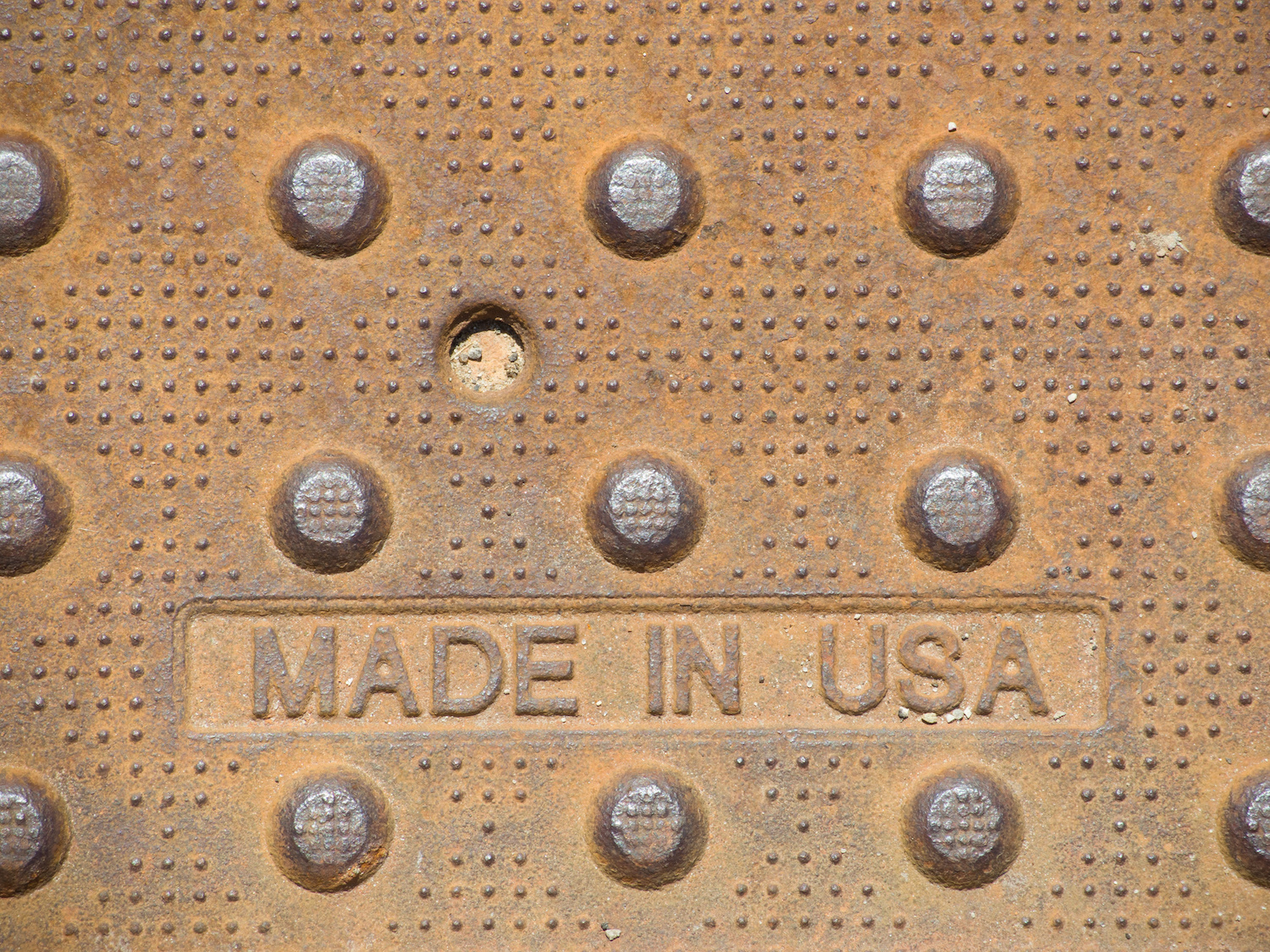Much has been made of the idea of bringing manufacturing and other jobs back from China to the United States since Covid exposed the many weaknesses in our supply chain. Suddenly, everyone knows just how reliant we are on China and other nations to make not just toys and clothes but also other things that are essential to our economy and our security. While the emphasis placed on these issues since the advent of Covid is not misplaced, it can also leave one with the false impression that reshoring is a new phenomenon. In fact, it is a trend that has been growing for the last decade.
Leveraging the Supply Chain
Why have many companies been shifting their focus back to making their products in-country? The reasons are various. One of the biggest ones is that many have finally realized it is not as cost-effective as it might have seemed at first. While the product itself may be cheaper, there are many hidden costs related to the shipping of the product. These costs can be affected by various factors such as oil costs, tariffs, weather conditions, labor costs, etc. In turn, all of this can be influenced by things far beyond the company’s control. Not only is the cost higher than advertised, but it can also vary, leading to a fluctuating profit margin, something that stockholders do not much care for.
Others have begun to consider just how those manufacturing costs are kept so low in the first place. One is the lack of labor protections in China. Many reports have come out of the communist nation detailing horrific working conditions. Suicides have been so numerous at some places that they installed suicide nets to stop employees from jumping out the windows. The poor working conditions are also experienced by children as there are also no child labor laws in China.
The Environmental Impact
We also shouldn’t forget to mention the environmental aspects. While many talk about the massive carbon emissions, landfills, and use of toxic chemicals in the United States, our numbers are nothing compared to what China puts out. China puts out more carbon every year than the US and Europe combined and doesn’t seem to be slowing down at all. The United States, on the other hand, has done an admirable job of reducing its environmental impact. Anyone who drove through Gary, Indiana, back in the 1990s and does so today will be sure to notice the vast improvement. In the past, the stench was nearly unbearable even with all the windows up. Now, while still not pleasant, you can actually drive through with the windows down. And it has also been a long time since Lake Erie caught on fire.
These environmental and human rights problems in other countries represent long-term costs that will negatively impact not just a given company but also the world in the long run. It also leads to immediate, tangible costs in the near term as many organizations and investors seek to put their money in companies that don’t exploit people or the environment. The company loses revenue and gets a lot of bad press that could be avoided by doing business here at home.
Quality and Innovation Above All
All of this presents an excellent opportunity for the foundry industry. We can work to encourage more US-based manufacturing, emphasizing the superior quality of our products, the greater reliability and flexibility of a local supply chain, and the innovation of our workforce. Combine that with the benefits to national security that come with not having to rely on foreign actors for base products, and the positive effect on our economy (each base manufacturing job such as foundry work feeds an additional seven jobs in other industries) and reshoring is clearly a trend that the foundry industry should actively get behind.



